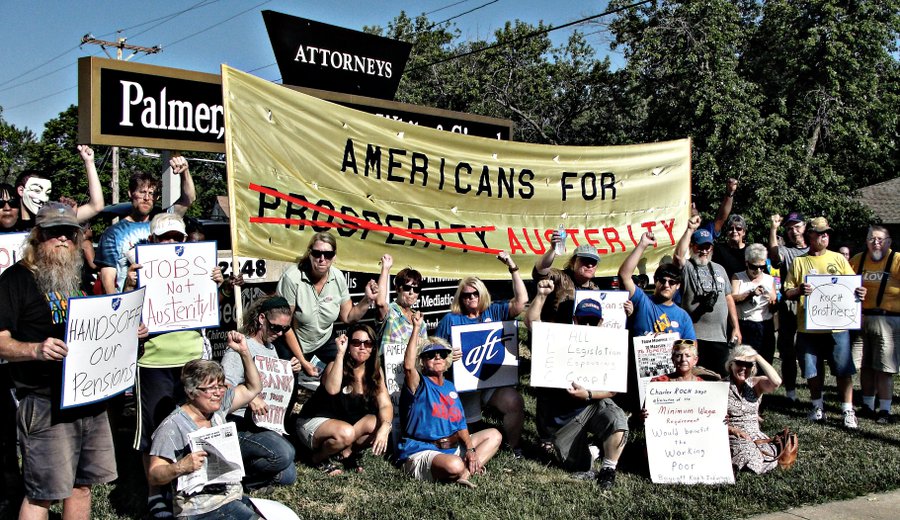

"negro dog" "red light" house 4-H Club 10th Cavalry Regiment 50th anniversary 60th anniversary 100th anniversary 135th Regiment 500 block 1619 A.M.E. Lane Street Project:… on Lane Street Project: Vick Ceme…

200 Negro newspapermen expected for the A.&T.Lane Street Project: in memory of Herman Applewhite (1919-1946).Posted in 1840s, City of Wilson, Civic Life, Court Actions, Freedom, Law, Newspapers, Slavery, Violence, Wilson County and tagged enslaved people, law, patroller, patty roller, political violence, slave patrol, slavery, Violence on Septemby Lisa Y. They were compensated for their services. Patrollers ran down runaways and, if met with “insolence,” could drop a whip 39 times across a black back. On Sundays, their job was to make sure enslaved people were not “strolling about” enjoying their one day off or selling trinkets for pocket change. They could beat people - up to 15 lashes - for having too much fun. They searched for firearms and “seditious publications” and kept a sharp lookout for any enslaved person out and about more than a mile from home. Tasked with visiting ever house inhabited by enslaved people at least once a month, they rode at night. In 1844, the Tarboro’ Press published “Rules and Regulations to be Observed by the Patrollers of the several Districts in the County of Edgecombe.” Slave patrols, known as patrollers or patty rollers, were government-sanctioned groups of armed men charged with monitoring and enforcing discipline upon enslaved people.Įdgecombe County patrollers operated under a set of comprehensive and precise rules. Prior to Wilson County’s formation in 1855, much of its present-day territory lay in Edgecombe, including everything east of a line running a couple of miles inside present-day Interstate 95 and north of Contentnea Creek.


 0 kommentar(er)
0 kommentar(er)
